Build-A-Rig Round 2: SilverStone and Crucial Interviews and $800 Back-To-School PCs
by Ian Cutress on October 13, 2015 8:00 AM EST- Posted in
- Build-A-Rig
- Crucial
- SilverStone
- Interview
Crucial’s ‘Ballistix Bantam’
The build from Jeremy takes a slightly different line to that from Tony. The best thing about Build-A-Rig is the differing styles of build philosophy and this is a prime example. Here the portability and GPU power is decreased as well as removing the overclockability. But in exchange there is a beefier i3 processor, double the solid state storage, a DVD drive and a larger power supply. It’s going to be an interesting comparison for sure. Jeremy's build also comes in at $20 or so cheaper than the SilverStone build, by virtue of adjustments in pricing and our rules about a 3% leeway based on how prices are adjusted.
| Crucial's Ballistix Bantam | |||
| Component | Selection | Price as Chosen |
90-Day Average |
| Processor (CPU) | Intel Core i3-4170 (2C/4T, 3.7 GHz) | $124.99 | $124.82 |
| Motherboard | GIGABYTE GA-B85N Phoenix-WiFi | $84.99 | $84.99 |
| Graphics Cards (GPU) | EVGA GeForce GTX 950 | $159.99 | $159.99 |
| Memory (DRAM) | Crucial Ballistix Tactical Tracer 2x4GB DDR3-1600 C8 |
$47.99 | $48.92 |
| Storage (SSD) | Crucial MX200 mSATA 250GB | $94.99 | $94.99 |
| Storage (HDD) | Seagate Barracuda 1TB 7200RPM | $50.99 | $49.81 |
| Power Supply (PSU) | Thermaltake TR2 600W | $54.99 | $55.05 |
| Chassis | Thermaltake Core V1 Extreme Cube | $49.99 | $49.99 |
| CPU Cooling | None | - | - |
| Operating System | Microsoft Windows 8.1 64-bit OEM | $99.99 | $99.99 |
| Extras | LG USB 2.0 Portable DVDRW | $24.99 | $24.99 |
| Total | $793.90 | $793.54 | |
Processor – Intel Core i3-4170 ($125)
For almost double the Pentium in the other build, Jeremy has equipped the Ballistix Bantam with a 3.7 GHz Core i3 processor, giving two cores and four threads. This is the most powerful 3MB cache edition of the i3 set, before it costs another $25 to the 4MB cache versions. While not overclockable, this 54W model should be sufficient for more multitasking in a compute laden scenario.
Motherboard – GIGABYTE B85N Phoenix-WIFI ($85)
The B85 line of motherboards is more oriented to the cheaper end of the spectrum and the business lines, although this orange motherboard from GIGABYTE sports 2x2 802.11ac WiFi, multiple video outputs, specialized USB audio ports and the usual host of storage options.
Graphics Cards – EVGA GeForce GTX 950 2GB ($160)
As mentioned at the start of this page, this build gets a lower range graphics card in the form of the GTX 950, but Jeremy has chosen one of EVGA’s overclocked models. EVGA has a cult-like following, priding itself in their returns policy and customer interaction through forums. The GTX 950 will have plenty of power for eSports titles and online gameplay, although for big studio releases the visual effects will need to be curtailed. For users who do not game, this will be perfectly sufficient for any GPU accelerated tasks that might be needed.
Memory – Crucial Ballistix Tactical Tracer 8GB (2x4GB) DDR3-1600 C8 ($48)
The Tracer modules from Crucial integrate some LEDs into the top band, allowing users to show off their system with the Thermaltake case also chosen in the build. Similar to the other build here we get that 8GB sweet spot for the $800 budget, although Jeremy has stretched it to the modules with a CAS Latency of 8. This might have some effect on memory sensitive workloads (think compression algorithms), or it might not be noticeable, but it is a welcome addition.
Storage – Crucial MX200 mSATA 250GB ($95)
Because Jeremy chose the B85 platform, unfortunately there are no M.2 slots here to use, but there is an mSATA. As a result, rather than choose a 2.5-inch SSD for the operating system drive, we get Crucial’s 250GB mSATA MX200 drive. These perform similarly to the bigger 2.5-inch models, which we reviewed earlier this year. With 250GB, this gives more room to install vital software for fast loading times, but is obviously chosen in favor of other beefier components.
Storage – Seagate Barracuda 3.5-inch 1TB 7200RPM HDD ($51)
Similarly to the other build, a 1TB drive is chosen to increase the total storage capacity. Here we have the Seagate Barracuda line which is often in the lower price ranges for their capacity. Typically these drives are good in a single or dual drive system and have been continually dropping in price over the past couple of years.
Power Supply – Thermaltake TR2 600W Power Supply ($55)
The TR2 from Thermaltake is a monster power supply for the system, rated at 600W with a dual rail design and a five year warranty. Interestingly Thermaltake hasn’t put this in as part of the 80PLUS power supply rating scheme, but the five year warranty covers any issues and as a unit it should fit in with the Thermaltake case selected.
Chassis – Thermaltake Core V1 Extreme Mini-ITX Cube ($50)
We first saw the Core V1 design at Computex, where the product manager gave us a good story about the road to a $50 mini-ITX case that was both small but could also be customized, shown off, provide good airflow and support water cooling. There are plenty of ventilation holes and the top of the chassis provides a transparent Perspex plate in order to look into the system.
CPU Cooling – None/Stock
In an interesting move, Jeremy went with keeping the stock cooler in this design. His reasoning is sound – this is a 54W power supply in a chassis with plenty of ventilation and this saves anywhere from $20-$40 to spend on other components. A number of users might point to something as simple as an EVO 212 instead of the DVD drive Jeremy has chosen, but that’s what is great about this contest: everyone will have different ideas.
Operating System – Microsoft Windows 8.1 64-bit OEM ($100)
Another twist is the choice of operating system. Jeremy chose Windows 8.1 under the guise of choice; users can either keep Windows 8.1 if they prefer it over Windows 10, or for the first few months decide to upgrade to the full license.
Extras – LG USB 2.0 Portable DVDRW ($25)
Perhaps because it might be needed to install the OS, Jeremy also went with a DVD rewriter in case a user might have some old software or films on DVD that they would like to use. As mentioned in the review, Jeremy himself has a large back-catalogue of software and games and so for him (or his son) having access to a DVD drive is part of the equation in a build.
Overall Build
| Crucial's Ballistix Bantam | |||
| Component | Selection | Price as Chosen |
90-Day Average |
| Processor (CPU) | Intel Core i3-4170 (2C/4T, 3.7 GHz) | $124.99 | $124.82 |
| Motherboard | GIGABYTE GA-B85N Phoenix-WiFi | $84.99 | $84.99 |
| Graphics Cards (GPU) | EVGA GeForce GTX 950 | $159.99 | $159.99 |
| Memory (DRAM) | Crucial Ballistix Tactical Tracer 2x4GB DDR3-1600 C8 |
$47.99 | $48.92 |
| Storage (SSD) | Crucial MX200 mSATA 250GB | $94.99 | $94.99 |
| Storage (HDD) | Seagate Barracuda 1TB 7200RPM | $50.99 | $49.81 |
| Power Supply (PSU) | Thermaltake TR2 600W | $54.99 | $55.05 |
| Chassis | Thermaltake Core V1 Extreme Cube | $49.99 | $49.99 |
| CPU Cooling | None | - | - |
| Operating System | Microsoft Windows 8.1 64-bit OEM | $99.99 | $99.99 |
| Extras | LG USB 2.0 Portable DVDRW | $24.99 | $24.99 |
| Total | $793.90 | $793.54 | |
As with both builds, there are choices that I (as Ian, the writer) agree with and others that might be a bit questionable. Jeremy has certainly been a little esoteric from what I would have gone with, especially in the CPU cooling and OS department, but the storage size is sound and I like the fact that he’s gone for an i3 here. The GTX 950 has room to upgrade in the future, but the DRAM (when the LEDs are on) should shine directly though the case. The Ballistix Bantam build here is still portable as a cube, although that’s a segment that Tony from SilverStone clearly wanted to spend money on for the Mighty Milo.



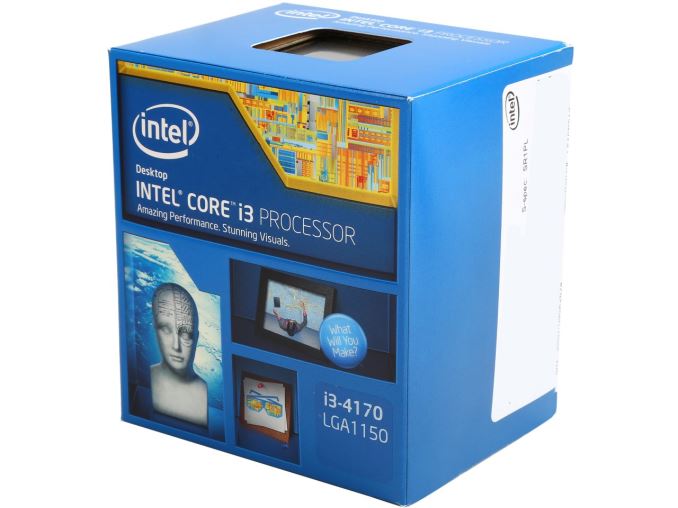
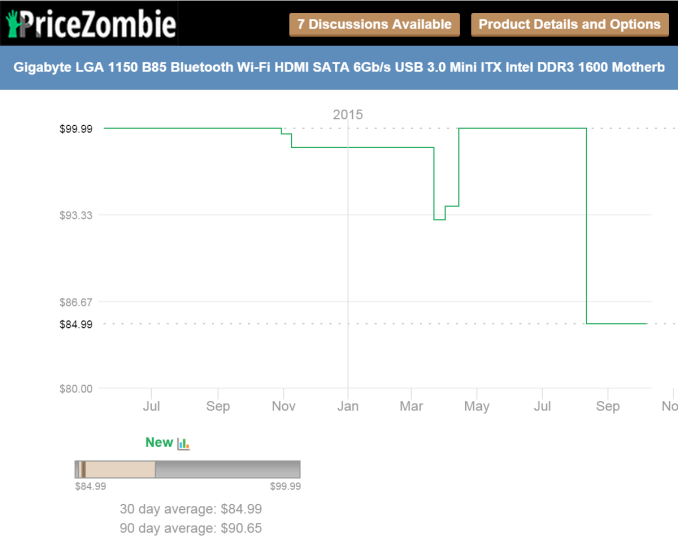
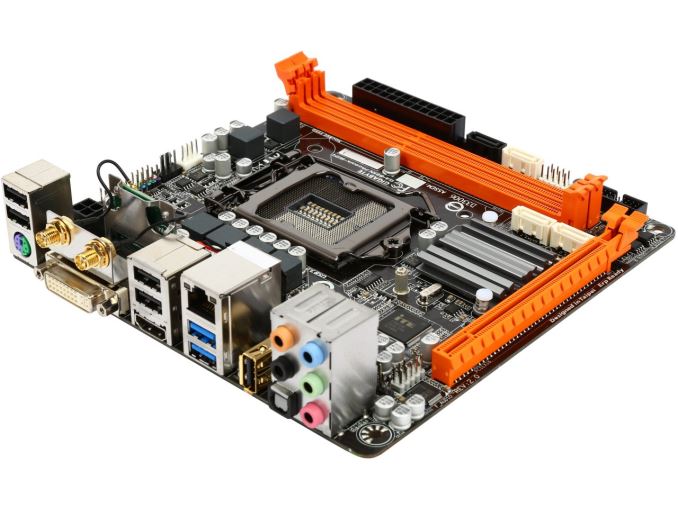

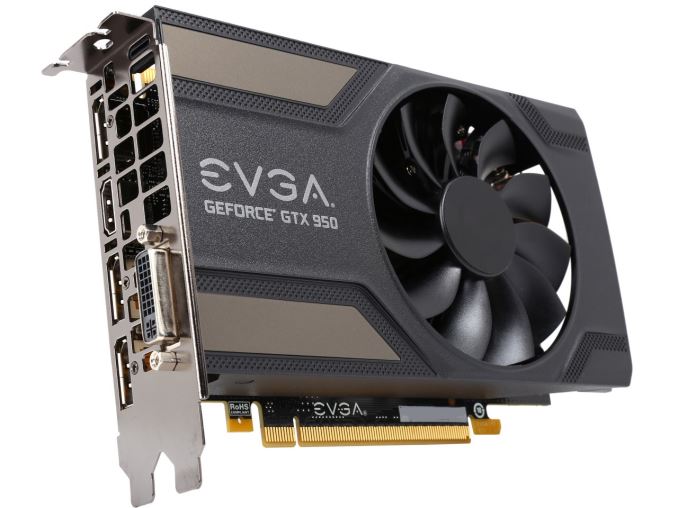
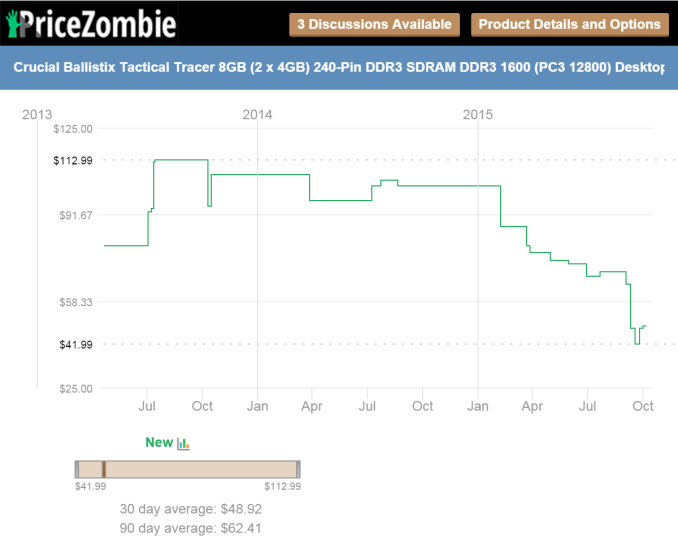
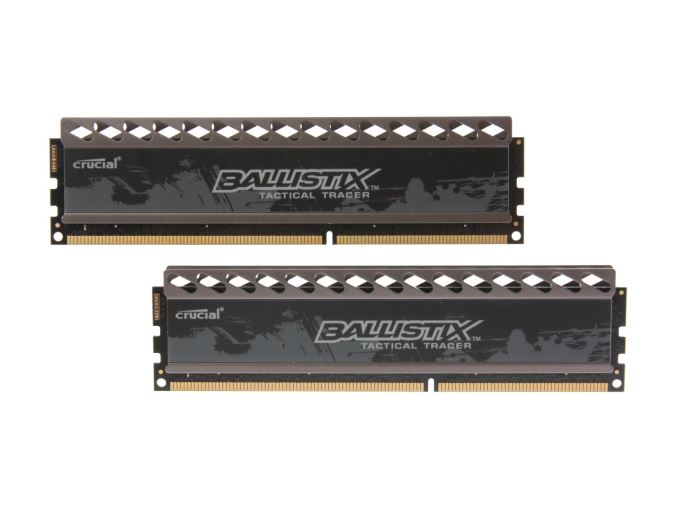
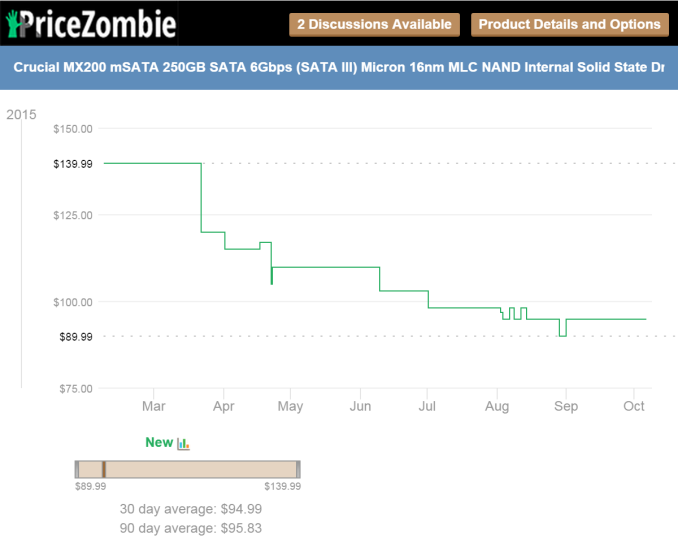
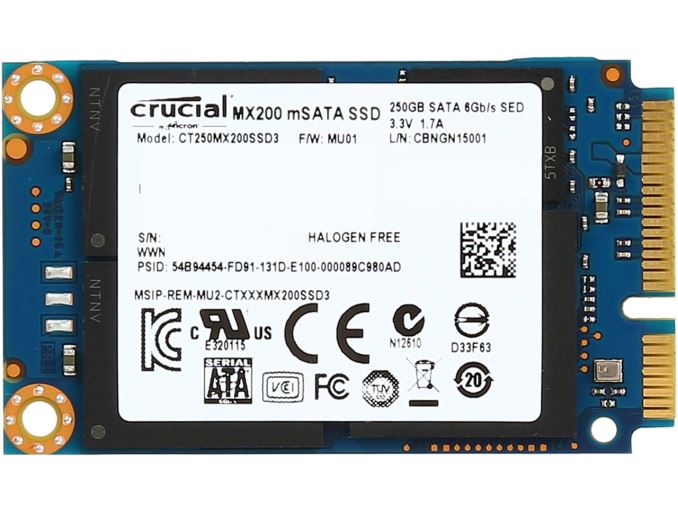
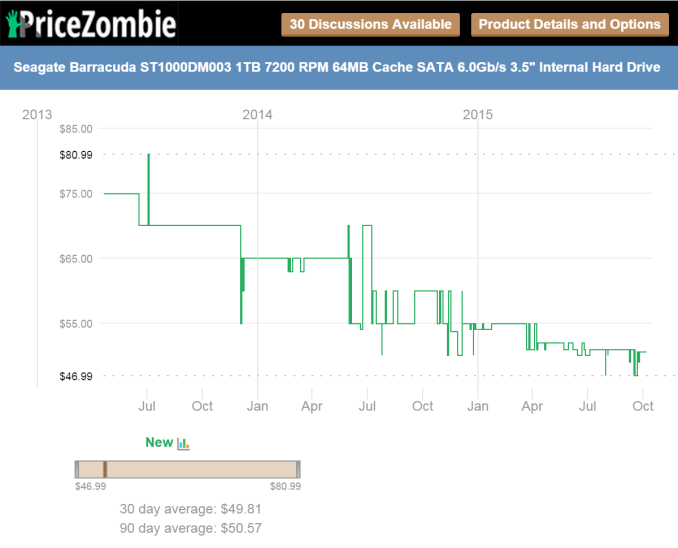
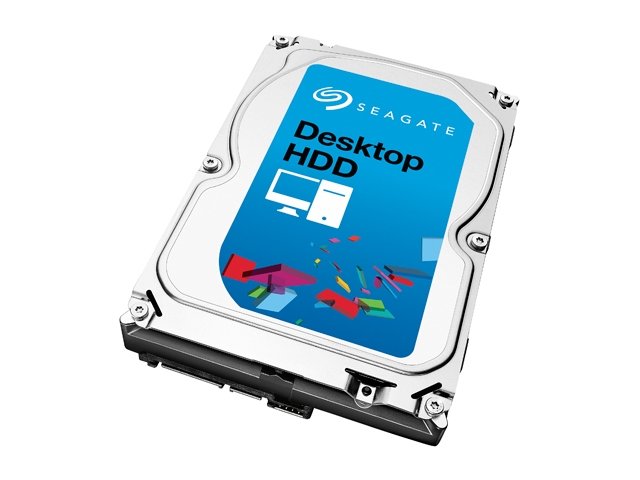
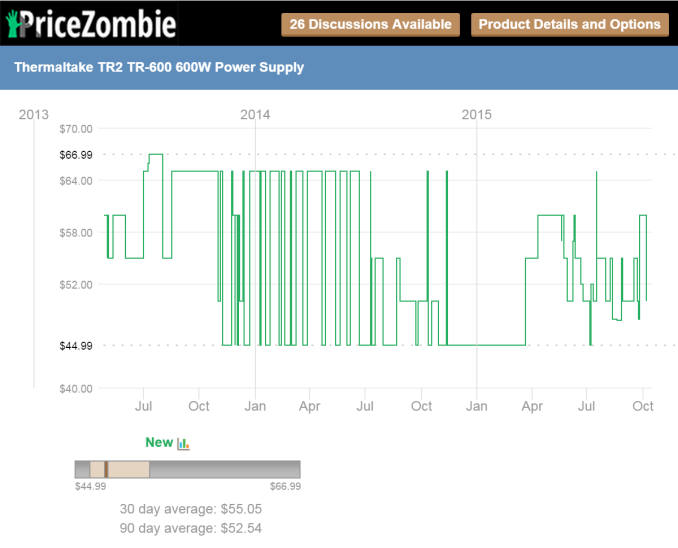

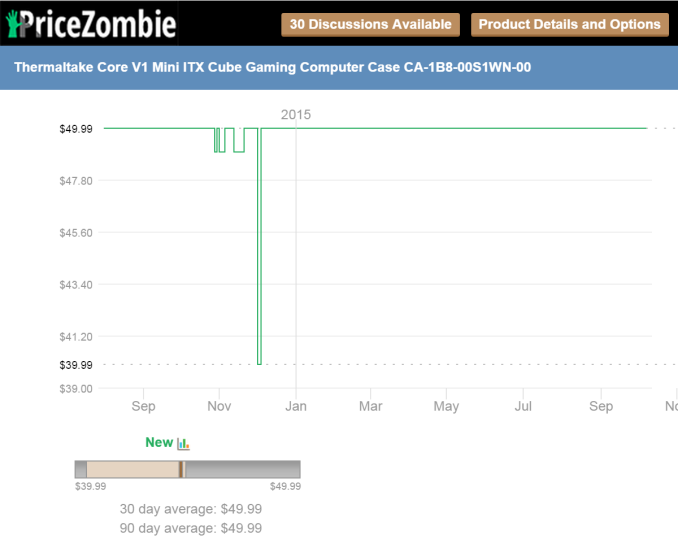

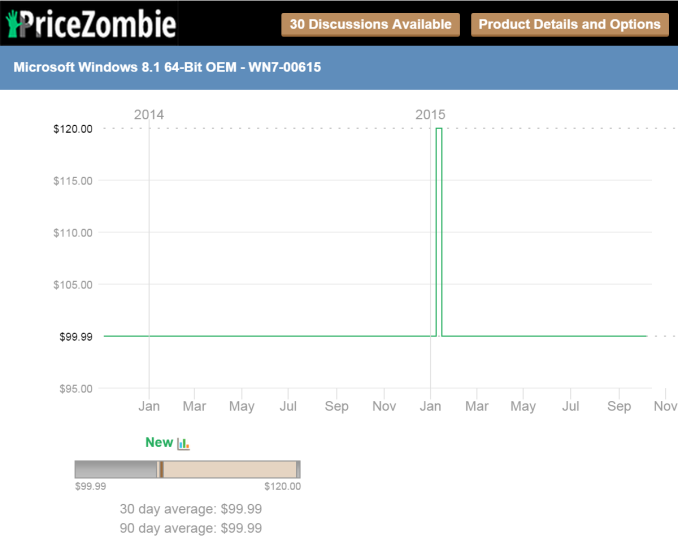
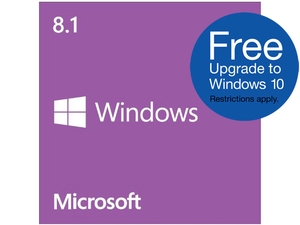
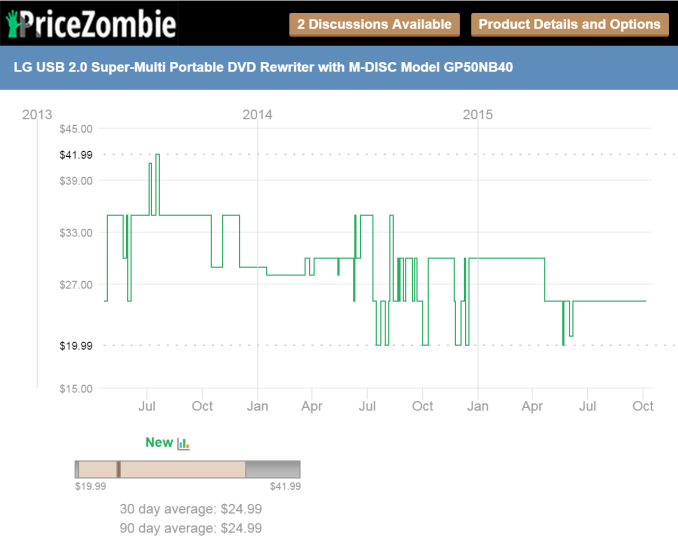
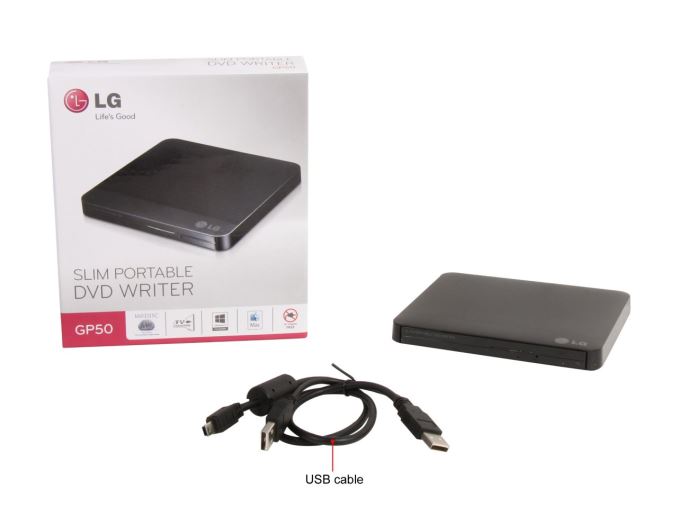








93 Comments
View All Comments
fokka - Tuesday, October 13, 2015 - link
i'm much more torn between those two systems than i was in the first round (accelerator ftw!), but i guess that's not a bad thing.on the milo i like the gtx 960, the ram and the bx100, but i think it puts too much money on the slow 2.5" hdd, the psu and maybe even the case and cooler.
the pentium might not be a bad choice in combination with the 960 and it saves a good deal of money, but in the end i would have a better feeling having an i3 in my system.
in that sense the crucial rig makes a great start with the i3, but then it falls short in the graphics department, just to save 20 bucks.
the larger ssd and the faster hdd are very nice to have and i have to say that i like the thermaltake case more than the silverstone, but i think the psu is oversized and i would just go with windows 10 and get rid of the dvd drive.
i like that crucial saves money by leaving the after market cpu cooler, but i would have liked to see the money go to a gtx 960, instead of an optical drive.
overall i have to say that the crucial build is more appealing to me, with the one substantial flaw that it's slightly lacking in the graphics department. without the dvd drive, but with a 960 it would be a clearer winner for me.
xthetenth - Tuesday, October 13, 2015 - link
Both those cards are probably going to have the same life span to be honest, the 2 GB ones are already starting to have issues with slow frames and low minimum framerates. If either had gone with more VRAM, I'd side with that one in a heartbeat. Past that, the 950 is close enough to the 960 it's still pretty reasonable.fokka - Tuesday, October 13, 2015 - link
sure, it won't be a night and day difference, i'm just saying for only 20 bucks more i would have a better feeling with the 960, plus it would be on par with the competing system.Samus - Wednesday, October 14, 2015 - link
Realistically the G3258 and GTX960 will last a year or so of AAA gaming at mid-1080P, then as Tony said, given $400 a year from now to upgrade, he'd put $150 toward a CPU and $250 toward a GPU.His build has a 120GB SSD and a 1TB HDD which if you sacrificed for a 500GB HDD, you could get a 240GB SSD with the savings since the MX200 250GB is $80.
That would be the only adjustment I'd make to his build, it is otherwise perfect.
rrinker - Tuesday, October 13, 2015 - link
For the purposes of a back to school system, I don't see the optical drive as a waste of money. I'm sure you could find a way to get a DVD or CD to a USB stick if you absolutely had to, but having the drive handy makes it much more convenient. Some things, especially in education, are still strictly on optical media.To me, the more capable processor and especially the larger SSD capacity make for a more suitable system for the purpose, especially since it came out cheaper. Plus the somewhat overkill power supply allows upgrading that video card down the road when school is over and it's time to game.
fokka - Tuesday, October 13, 2015 - link
you got a point with the dvd drive, but personally i'd still prefer a more capable GPU instead of it. you can always get a drive in a pinch should you really need it, but you won't upgrade your gpu so willy nilly on a new computer.i still think a 600w psu is overkill though on a 800$ computer running a 950 and an i3, even if you want to upgrade your gpu somewhere down the road. but i admit that i'm generally more conservative with my psu estimates.
Frenetic Pony - Wednesday, October 14, 2015 - link
I haven't used an optical drive in years and have never needed to in years. Graduated college last summer and never had a use for it, the things are a waste of space and money to me.janisgomez456465 - Wednesday, October 14, 2015 - link
vantages and disadvantage.
coconutboy - Thursday, October 15, 2015 - link
Regarding the $600 psu in Jeremy's build, I think you've focused too heavily on the wattage instead of the price/quality ratio. That 600w Thermaltake psu is ~$15 cheaper than the 450w Silverstone unit in Tony's build. Compare the reviews of the two and you'll see the end result. The cheaper "600w" has crap reviews, while the better quality 450w looks solid.Even though most people these days go overboard in buying a psu that's far in excess of what they actually need, that's still one of the better pc trends over the past decade versus the 90s/early 2k when most power supplies were poorly built with a race-to-the-bottom mentality.
janisgomez456465 - Wednesday, October 14, 2015 - link
my parents inlaw just got an awesome 12 month old Lexus just by parttime work from a computer. you could look here